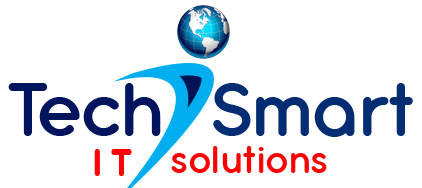
Mule soft Course content
Module 1: Introducing Application Networks and API-Led Connectivity
Explain what an application network is and its benefits
Describe how to build an application network using API-led connectivity
Explain what web services and APIs are
Explore API directories and portals
Make calls to secure and unsecured APIs
Module 2: Introducing Anypoint Platform
Identify all the components of Anypoint Platform
Describe the role of each component in building application networks
Navigate Anypoint Platform
Locate APIs and other assets needed to build integrations and APIs in Anypoint Exchange
Build basic integrations to connect systems using flow designer
Module 3: Designing APIs
Define APIs with RAML, the Restful API Modeling Language
Mock APIs to test their design before they are built
Make APIs discoverable by adding them to Anypoint Exchange
Create API portals for developers to learn how to use APIs
Module 4: Building APIs
Use Anypoint Studio to create flows graphically
Build, run, and test Mule applications
Use a connector to connect to databases
Use the graphical DataWeave editor to transform data
Create RESTful interfaces for applications from a RAML file
Connect API interfaces to API implementations
Module 5: Deploying and Managing APIs
Describe the options for deploying Mule applications
Deploy Mule applications to CloudHub
Use API Manager to create and deploy API proxies to CloudHub
Restrict access to API proxies
Module 6: Accessing and Modifying Mule Events
Log event data
Debug Mule applications
Read and write event properties
Write expressions with DataWeave
Create variables
Module 7: Structuring Mule Applications
Create and reference flows and subflows
Pass messages between flows using the Java Virtual Machine (VM) transport
Use properties in Mule applications so they can be easily moved between environments
Encapsulate global elements in separate configuration files
Explore the files and folder structure of Mule projects and deployable archives
Module 8: Consuming Web Services
Consume RESTful web services with and without parameters
Consume RESTful web services that have RAML definitions
Consume SOAP web services
Use DataWeave to pass parameters to SOAP web services
Module 9: Controlling Event Flow
Route events based on conditions
Multicast events
Validate events
Module 10: Handling Errors
Handle messaging errors in flows
Handle errors for one or more event processors instead of at the flow level
Create and use global error handlers
Specify a default error handler
Module 11: Writing Data weave Transformations
Write Data Weave expressions for basic and complex XML, JSON, and Java transformations
Use Data Weave operators and coerce and format strings, numbers, and dates
Define and use custom data types
Simplify and abstract DataWeave code into reusable functions and modules
Call Mule flows from Data Weave transformations
Module 12: Connecting to Additional Resources.
Connect to JMS queues
Connect to files
Connect to SaaS applications
Poll resources
Module 13: Processing Records
Use the For Each scope to process items in a collection in series
Use the Batch scope to process individual records in parallel
Use batch jobs to synchronize data from legacy databases to SaaS applications Use the For Each scope to process items in a collection in series
Use the Batch scope to process individual records in parallel
Use batch jobs to synchronize data from legacy databases to SaaS applications.
